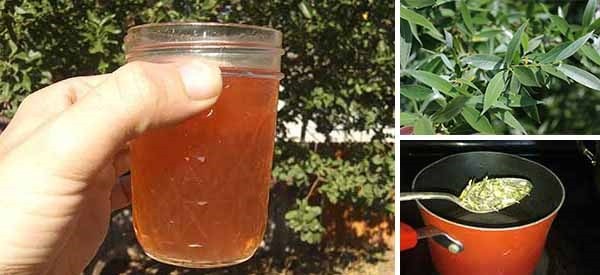
How To Make Willow Bark Aspirin
You probably see the name Bayer every time you open the medicine cabinet, and most likely it’s on a bottle of aspirin. The Bayer pharmaceutical company originally trademarked the word Aspirin, and first started marketing as a synthetic form of the naturally occurring chemical salicin found in the willow tree. The name has become iconic now, aspirin is the generic title for any acetylsalicylic acid medication used to reduce pain, fever, or inflammation. It is so widely used it’s even on the World Health Organization’s List of Essential Medicines.
Being easy to produce, aspirin is both cheap and readily available. It has some side effects, however, one of which I and many other people experience: a nasty stomach cramp. Using an ancient method our ancestors knew of utilizing the willow tree, I get the medicinal benefits of salicin, the active ingredient in aspirin, without the tummy ache.
Short History of Willow
It has been known since the time of Hippocrates and Pliny the Elder that white willow bark has medicinal uses and has an analgesic effect.
All around the world, from China to Egypt to England, early botanists and physicians would use the bark for fevers and pain. A constituent from the bark called Salicin was later turned into Salicylic Acid and used to create what we know today as aspirin.
Where to Find Willow Tree
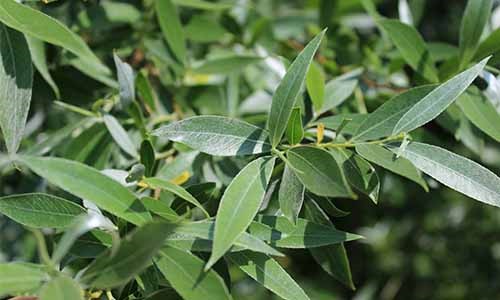
Willow trees can be found quite easily anywhere in the Northern Hemisphere, and the odds are good that you can find one planted in more southern regions, too. They are useful for soaking up water and are utilized in flood areas for that purpose. A good place to find a healthy specimen is near ponds, rivers, lakes, or any bodies of water in general.
Willows often have long, slender, lance-like leaves, the tree itself looked at from a distance having a “bushy” appearance and wide crow. To pinpoint a particular species, use something called a “tree leaf key”. These can be found online, or in a field manual similar to the excellent one published but the National Audubon Society.
How to Identify it
Growing up to thirty meters tall, the white willow tree has dark, grey-brown bark with fissures that deepen as it ages. Shoots off the trunk produce white-green leaves that are pale, almost hairy feeling, and are long and skinny.
They are especially white on the underside. Leaves usually measure five to ten centimeters long and around one centimeter wide. Flowers emerge in the spring on catkins. Male and female catkins will be on separate trees, with male catkins being longer.

Leaf: Pale, greenish-white. Leaves are long and lance-shaped, with hairy texture and white undersides.
Flower: Grey-white flowers appear in the spring on catkins, with female and male catkins on separate trees.
Root: An extensive and creeping root system. Lookalikes: There are many species of willow that are confused with white willow. However, one way to tell the difference is that white willow has leaves that are paler than other species of willow.
How to Grow:
Plant this fast-growing tree somewhere away from buildings and structures, as the root system is creeping and may cause damage. Although it is fast-growing, white willow trees can be short-lived because they are especially susceptible to diseases. They do best in hardiness zones two through eight. Plant the tree in full or partial sun.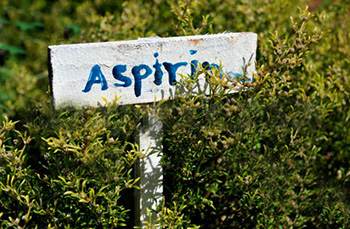
Because the trees adapt to a variety of soil types, they can be planted in most soils. If sowing seeds, sow fresh seeds only. They need to be placed in a moist medium. Germination can be extremely fast, with germination happening in one day for some! Prune lightly in the spring and keep an eye out for pests that could harm the tree.
Medicinal Uses:
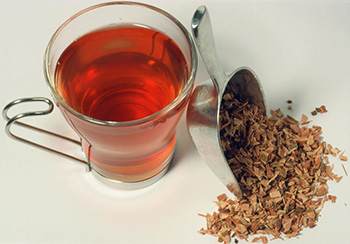
The bark and dried leaves are used for medicinal purposes.
Headaches, Fevers, Joint Pain, and Arthritis: White willow bark has aspirin-like compounds that relieve pain and reduce fevers. White Willow Bark Tea works well for pain and fever relief, as does chewing on the tip of a willow branch. Unlike aspirin, it doesn’t cause gastric damage.
Menopause and Menstrual Symptoms: White Willow Bark Tea helps symptoms of menopause and menstruation, including night sweats, hot flashes, cramping, and headaches.
Digestive Problems: White Wil-low Bark Tea is taken after meals to relieve indigestion. The tea enhances the digestive process.
How To Make Your Own Willow Bark Extract
The smaller branches work best, so I focus on harvesting these. Using a knife, I peel the bark off of them and the larger twigs attached, similar to the technique used in peeling a potato, but not too deep.
There is an outer layer of bark, and an inner which has a greenish color to it, this is what holds the most medicine, while the darker wood beneath it all should be discarded.
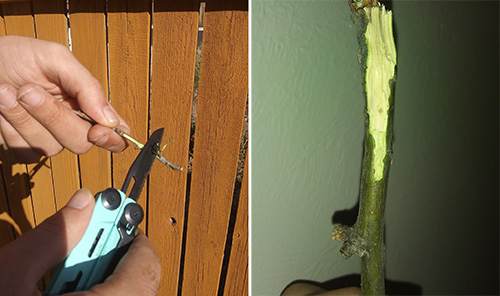
I then cut up the pieces I’m left with a pair of scissors, enough to fit the bark onto a tablespoon for easy measuring. I like taking it as a tea because it is a less labor-intensive and quicker way to medicate, but some people will dry and crush the bark into a powder and put it into capsules to take a pill.
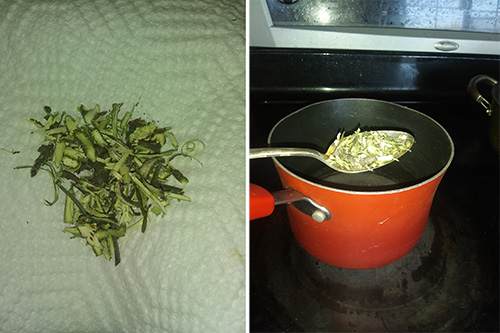
Getting the right dosage of pure salicin into the pill can be tricky, however, and, as you can imagine, making a fine powder and then trying to pack it into tiny capsules can be frustratingly annoying and take an awful lot of time.
To brew one cup of tea, I put two cups of water to boil. Once the water is roiling, I drop in two tablespoons of cut willow bark. Water will evaporate and soak into the bark, which is why I recommend the measurement of two cups and two tablespoons for one cup of finished tea. The bark is boiled for ten minutes, then removed from the heat and steeped for another ten minutes or more. The bark is then just strained out and it’s ready to drink.
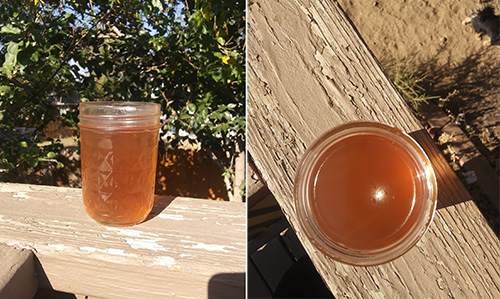
Dosage
You will notice it has a bitter taste, but not overwhelmingly so. It is important to treat this tea the same you would with over the counter aspirin, practicing the same precautions. No more than 3-4 cups per day are recommended, and probably not at all if you have liver or kidney problems. Do not take it before surgery, just as you wouldn’t with aspirin as it could prevent the blood from coagulating. I personally do not feel any of the stomach aches that I usually do taking aspirin, and that reason alone is why I almost always use willow bark instead. Perhaps you might benefit from the same.
Most medications either come from Mother Nature or use her as a model. For the serious herbalist, so, too, is Nature the store and model to self-reliance. With this willow bark tea alternative you don’t have to sacrifice effectiveness- it has been time-tested to work over thousands of years. It is shared wisdom from deep down into the roots of human resourcefulness and should be known by all who prepare to live deliberately.
You may also like:
 25 Little Known Medicinal Uses for Tree Bark
25 Little Known Medicinal Uses for Tree Bark
Similar to Morphine: The Best Natural Painkiller that Grows in Your Backyard (Video)
15 Things You Could Forage in Winter








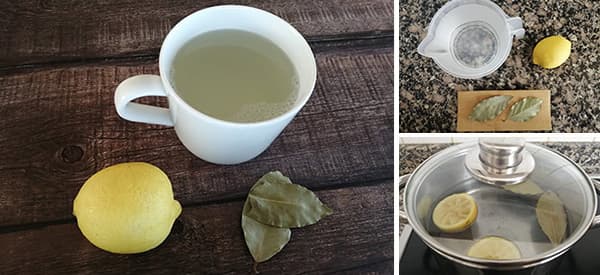

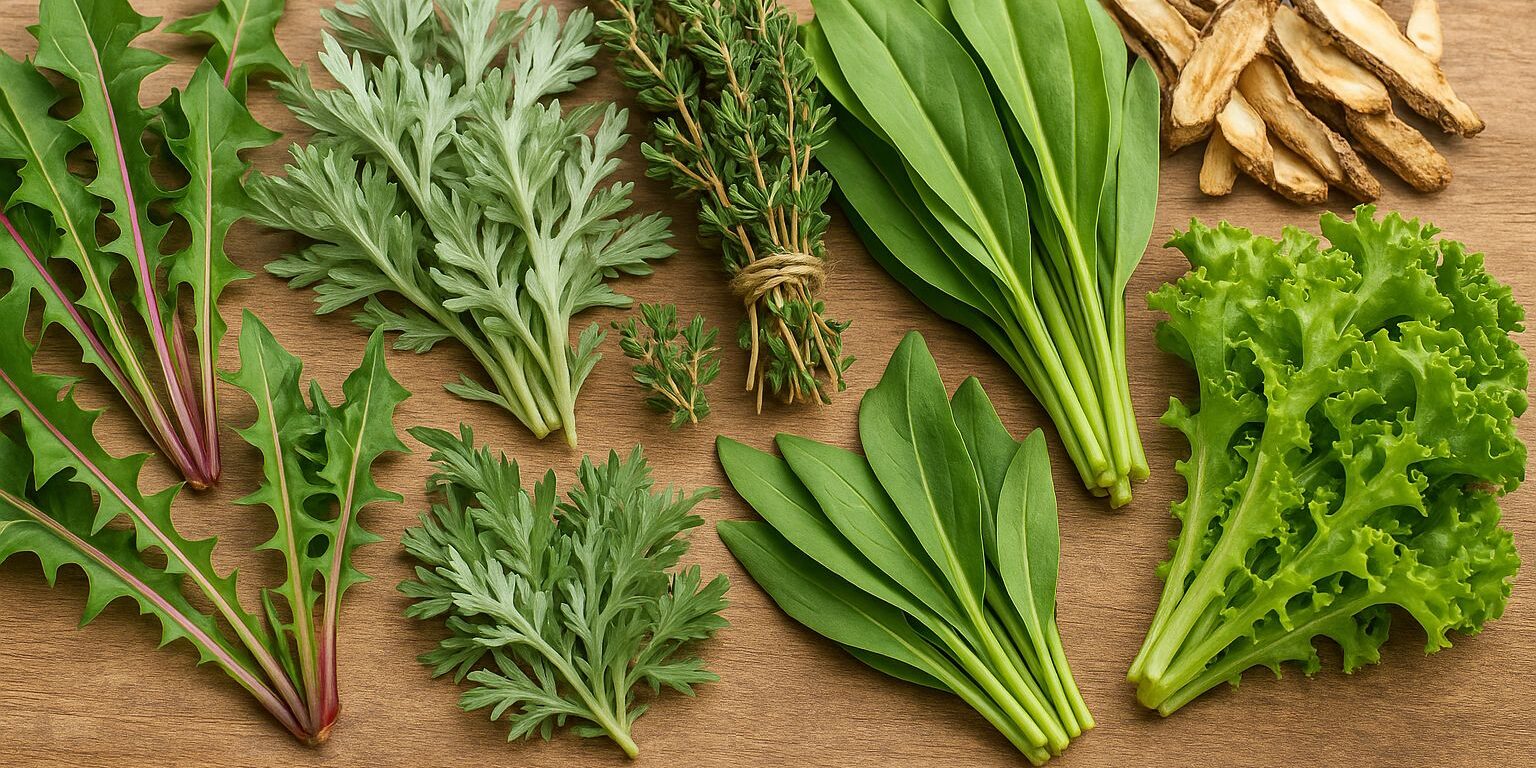
I use Willow Bark tincture whenever I have some sort of pain. Sometimes I will have Willow Bark and Devils Claw tincture if the pain is real bad.
Nicole, do you ever have actual seminars, in person classes or video classes for people? I would be very interested in a foraging class.
Hi Mary,
Thank you so much for your interest in our work.
You can find more information here:
https://www.nicoleapelian.com/classes-workshops/
God bless!
Actually, the buds of white willow, and all willows for that matter, possess the highest levels of salicin, more even than the inner bark. It was traditionally chewed for tooth pains with none of the damaging effects of synthetic aspirin used directly on a tooth for pain. However, there are some caveats regarding the use of heat when fluid extracting willow or meadowsweet for their salicin content.
Heat’s effect on salicin has been known for over 120 years now. This is attested from the following citation: “Salicylic acid crystallizes in small colourless needles which melt at 1 55° C. It is sparingly soluble in cold water, but readily dissolves in hot. It sublimes, but on rapid heating decomposes into carbon dioxide and phenol. It is volatile in steam.” (ref: Encyclopedia Britannica, 1911)
The application of heat to salicin containing botanical should be gradual and not exceed a boiling point but is best steeped for a long period or subjected to sustained heat for 30 or 40 minutes that doesn’t reach boiling or steaming/misting stage. One can of course go ahead and boil or simmer willow, and yes, some salicin will still be present, but according to the references and my own years of fluid extraction experience, a very large percentage of salicin components will volatize off or oxidize (via REDOX) to other novel non-salicin byproducts.
Sincerely, L. Carl Robinson, MH,TT,CCHt, a clinical & formulary herbalist and industry SME on botanical fluid extractions.
So why not extract in ethanol instead?
Thank you for that relevant inf
Is weeping willow the same as white willow? I have a huge one in my front yard, 5 feet across at the trunk.
Hi Tal,
There are 2 different species:
Weeping Willow (Salix babylonica) and White Willow (Salix alba):
https://www.thespruce.com/twelve-species-willow-trees-and-shrubs-3269668
God bless!
Thank-you!
Now, the question I should’ve asked along with this one, will weeping willow give a satisfactory amount of aspirin to make the process worth performing?
Where can you purchase white willow trees. There are dozens of willows for sale but I can’t find white willow.
So I don’t understand the answer to TAL. I cannot find white willow. Is there another willow that can be found that would be a good substitute for white willow.
Hi Shirley,
While nearly all species of willow (Salix) contain salicin, some do not contain enough of the compound to use for medicinal preparation. White willow (Salix alba) and black or pussy willow (Salix nigra) are most often used to obtain the aspirin precursor. Other species, such as crack willow (Salix fragilis), purple willow (Salix purpurea), and weeping willow (Salix babylonica), also may be used.
Since some trees are toxic or else do not contain the active compound, it’s important to correctly identify willow. The bark of the tree has a distinctive appearance.
Trees that are one or two years old are the most effective. Harvesting bark in the spring results in higher potency than extracting the compound in other growing seasons.
God bless!
Ask and it shall be given . . . modern version the results of an internet search! Which is by way of saying thank you so much for this article. A couple of notes to add, having briefly coursed through the article and the comments. (1) There are HUNDREDS of varieties of willow, in Latin known as Salix. Quite a detailed list can be found at https://www.willowsvermont.com/varieties.html (with which I have no connection other than as potential customer). (2) Robinson’s technical comment is excellent. I have lots more research to do but thought I’d toss these thoughts and this info into the comments here. Happy pain relief, everybody!
I am allergic to aspirin which has so many benefits. Can willow bark supplements be purchased for me to try?
So where can the white willow herb be purchased? It seems peoplw below have asked this and theres mo posted answer?
Nicole, for this remedy of willow bark aspirin can you use dried willow bark and would the recipe be the same? Or is it only good with fresh items?